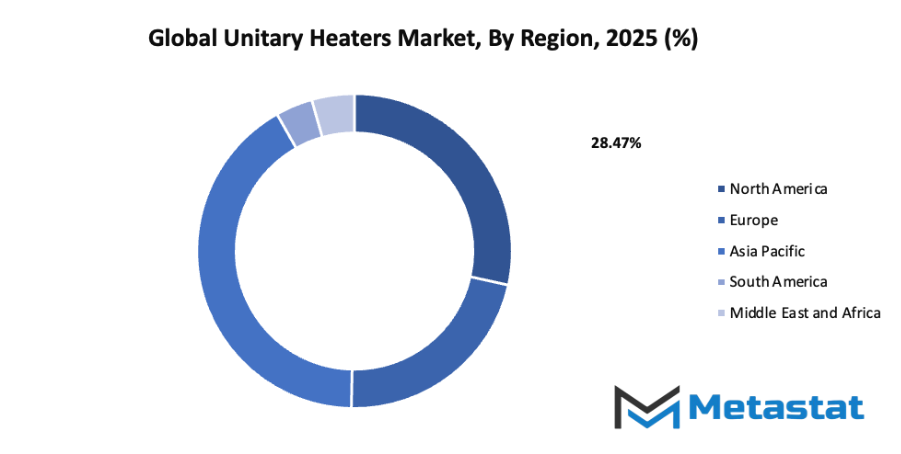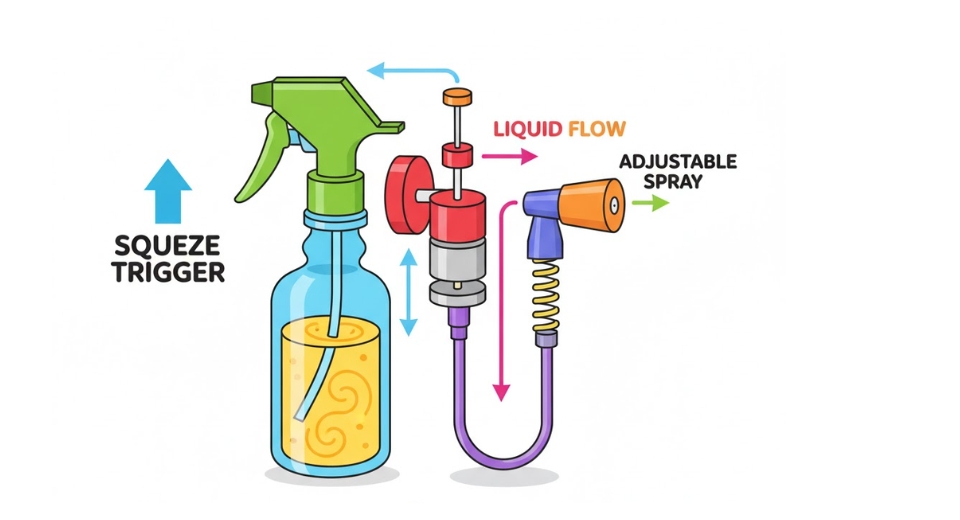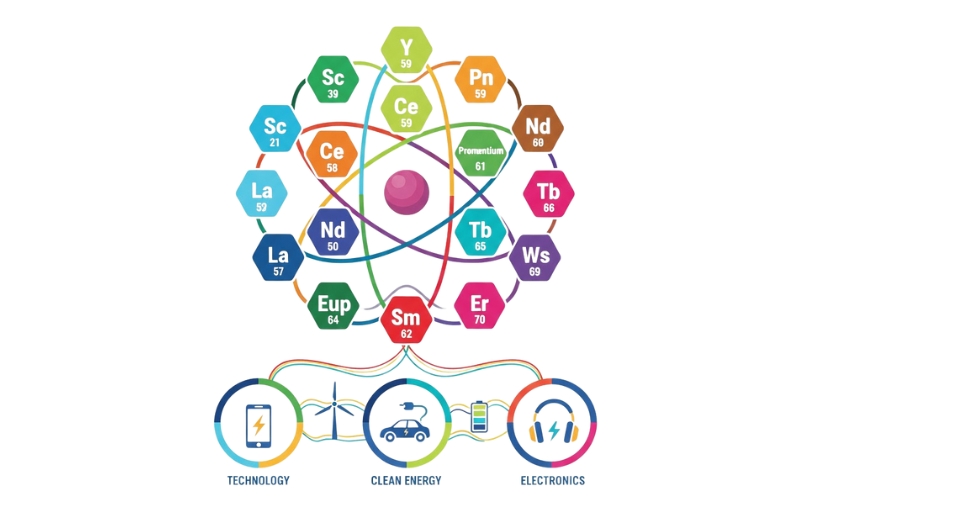Global Unitary Heaters Market - Comprehensive Data-Driven Market Analysis & Strategic Outlook
The global unitary heaters market is a sector that will persist in garnering attention as demand for efficient and dependable heating systems grows on both the residential and commercial fronts. Unitary heaters will be at the forefront of meeting future demands for flexible and contained systems that can be easily installed without requiring massive infrastructure. Unlike older centralized approaches, unitary heaters will introduce flexibility into areas where personalized temperature control is needed, which makes them an attractive option across many applications.
The global unitary heaters market will also mirror larger industry trends whereby customization will be the driver of purchasing choices. From energy-conscious consumers to markets looking for long-term solutions for big buildings, the versatility of these heaters will make them relevant.
- Global unitary heaters market valued at approximately USD 2386.3 million in 2025, growing at a CAGR of around 4.5% through 2032, with potential to exceed USD 3248.7 million.
- Horizontal Unitary Heaters account for nearly 41.7% market share, driving innovation and expanding applications through intense research.
- Key trends driving growth: Increasing demand for energy-efficient heating solutions, Growth in construction activities and infrastructure development projects
- Opportunities include Integration of smart technologies for remote monitoring and control
- Key insight: The market is set to grow exponentially in value over the next decade, highlighting significant growth opportunities.

The global unitary heaters market originated as a means of addressing the increasing demand for efficient indoor heating through the growth of urban and industrial zones. Initial development was characterized by simple constructions whose primary concern was generating consistent heat for colder regions. As time passed, energy efficiency, safety requirements, and design adaptability dictated the second stage of growth. One significant milestone was achieved when tighter controls on energy usage prompted manufacturers to invest in technology that minimized waste and enhanced performance. Not only did this affect product innovation, but it also redefined industry standards across the globe. The next milestone was reached with increasing calls for environmentally friendly products, prompting the inclusion of cleaner energy sources and intelligent control systems. Today's trends indicate a growing trend towards automated systems, remote monitoring, and compact designs that are compatible with diverse spaces. The global unitary heaters market will keep on developing as digital technology, environmental objectives, and changing consumer demands drive the industry towards more intelligent, more sustainable, and highly efficient heating solutions compatible with future needs.
Market Segments
The global unitary heaters market is mainly classified based on Type, Operation, Application, Distribution Channel.
By Type is further segmented into:
- Depending on the type, Horizontal Unitary Heaters are most commonly selected where even heat distribution is needed. Horizontal Unitary Heaters are effective in controlling airflow over wide spaces and are hence used by both industries and commercial enterprises. Growing emphasis on comfort and energy efficiency will further drive demand for this kind.
- Vertical Unitary Heaters are particularly crucial where floor area is scarce. With the intention of maximizing vertical air flow, these heaters can be installed in tall buildings or small areas. Demand is bound to rise due to urbanization that leaves more areas where space saving is a necessity.
- Suspended Unitary Heaters are created to offer heating solutions without taking floor space, so they are best suited for warehouses, factories, and garages. Their flexibility in installation and capacity to heat wider zones make them increasingly relevant in industrial applications. Future indications point towards increased adoption in smart building configurations.
By Operation the market is divided into:
- Through operation, Gas-Fired Unitary Heaters still receive extensive interest due to their economical cost and large heating capacity. They are still a viable option in regions with access to natural gas supplies. The outlook for the market shows continued expansion as industries and commercial establishments prioritize robust and reliable heating performance.
- Hydronic Unitary Heaters utilize warm water to distribute heat, providing silence and low wastage of energy. This segment is acquiring significance as buildings and industries are looking for environment-friendly options. Since sustainability is a global issue now, this category is likely to capture a higher portion of the global unitary heaters market.
- Electric Unitary Heaters have their value in convenience and simplicity of install. They find popularity in compact spaces and areas where there is no convenient access to oil and gas. The growing move towards electrification and renewable energy sources will help spur demand, especially for use in homes and businesses.
- Oil-Fired Unitary Heaters are used when other fuels are not so readily available. Their long lifespan and good performance in colder conditions make them applicable in certain areas. Though their expansion is sluggish compared to others, technological advances can help them remain present in the global unitary heaters market.
By Application the market is further divided into:
- The residential sector contributes steadily as homeowners seek affordable and efficient heating solutions. Demand is expected to grow further with rising construction of housing units in colder climates. Smart home integration and consumer preference for compact designs will also support expansion in this segment.
- Industrial use of unitary heaters is a major driver for market growth. Factories, warehouses, and production units require large-scale heating systems for worker comfort and equipment safety. As automation and large industrial complexes expand worldwide, the industrial segment will remain central to the global unitary heaters market.
- Commercial applications of unitary heaters include offices, retail centers, and service institutions. These spaces require reliable heating for customer comfort and operational efficiency. Demand in this segment is projected to rise with continued construction of modern commercial facilities and the global push toward energy-efficient heating systems.
By Distribution Channel the global unitary heaters market is divided as:
- Direct Sales in the global unitary heaters market are important for industries and large commercial buyers. This channel allows bulk purchasing, customized solutions, and strong after-sales support. Buyers prefer direct contact with manufacturers for reliability, warranty benefits, and technical guidance, making it a trusted choice for large-scale installations.
- Retail Sales play a steady role in making unitary heaters available to small businesses and households. Local retailers and specialized stores provide easy access, along with product comparisons and installation services. This channel continues to grow due to personal customer interactions, where guidance and physical product evaluation add value to purchases.
- Online Sales are becoming increasingly significant in the global unitary heaters market. Digital platforms provide consumers with convenience, competitive pricing, and wide product variety. Growth of e-commerce and digital payment systems is expected to make online sales one of the fastest-expanding channels, especially for residential and small-scale buyers.
|
Forecast Period |
2025-2032 |
|
Market Size in 2025 |
$2386.3 Million |
|
Market Size by 2032 |
$3248.7 Million |
|
Growth Rate from 2025 to 2032 |
4.5% |
|
Base Year |
2024 |
|
Regions Covered |
North America, Europe, Asia-Pacific, South America, Middle East & Africa |
By Region:
- Based on geography, the global unitary heaters market is divided into North America, Europe, Asia-Pacific, South America, and the Middle East & Africa.
- North America is further divided into the U.S., Canada, and Mexico, whereas Europe consists of the UK, Germany, France, Italy, and the Rest of Europe.
- Asia-Pacific is segmented into India, China, Japan, South Korea, and the Rest of Asia-Pacific.
- The South America region includes Brazil, Argentina, and the Rest of South America, while the Middle East & Africa is categorized into GCC Countries, Egypt, South Africa, and the Rest of the Middle East & Africa.

Growth Drivers
Increasing demand for energy-efficient heating solutions: global unitary heaters market growth will be supported by rising demand for energy-efficient heating solutions. With rising awareness about reducing energy use and cutting utility costs, buyers are showing preference for systems that save power. The shift toward sustainability is pushing industries to adopt heating products that consume less energy.
Growth in construction activities and infrastructure development projects: Growth in construction activities and infrastructure development projects will provide strong opportunities for the global unitary heaters market. Expanding residential, commercial, and industrial projects across developing and developed nations will raise the need for reliable heating systems, as modern buildings require advanced solutions for comfort and operational efficiency.
Challenges and Opportunities
Stringent regulations regarding energy efficiency and emissions:- Stringent regulations regarding energy efficiency and emissions will present challenges for the global unitary heaters market. Manufacturers will face pressure to design products that meet new legal standards while also maintaining performance. Compliance requirements may lead to increased research and development expenses and affect pricing strategies in the sector.
Volatility in raw material prices affecting production costs:- It will continue to impact the global unitary heaters market. Frequent changes in the cost of metals and components needed for manufacturing create uncertainty for producers. This unpredictability may lower profit margins and lead to higher prices for buyers in different regions.
Opportunities
Integration of smart technologies for remote monitoring and control:- Integration of smart technologies for remote monitoring and control will open significant opportunities for the global unitary heaters market. Digital solutions such as connected sensors and automation features will allow users to optimize performance and reduce maintenance. These advances will increase product appeal and create growth potential for manufacturers.
Competitive Landscape & Strategic Insights
The global unitary heaters market is developing as a competitive field where established leaders and regional innovators continue to shape demand and supply trends. With heating solutions remaining essential for both industrial and commercial environments, the market reflects a balance between long-standing companies and newer players bringing forward unique technologies. This balance makes the industry dynamic and filled with opportunities for growth. Companies like Armstrong International Inc., Trane Technologies, Warren Technology, Daikin Industries, Ltd., Dunham Bush, King Electric, Reznor HVAC, Lennox International, Honeywell International Inc., Thermon, A.B.N Heating System, Modine, New York Blower Company, Sterling HVAC, Hazloc Heaters, and Marley Engineered Products LLC maintain a strong influence in guiding standards, efficiency, and design.
The future of the global unitary heaters market is linked closely with advances in energy efficiency, automation, and digital integration. As sustainability continues to shape decision-making, heaters designed with reduced energy consumption and smart controls will play a central role. The rise of smart buildings and automated systems ensures that unitary heaters will no longer be seen simply as heating devices, but as connected equipment that operates seamlessly with broader building management systems.
Emerging regions also present growing opportunities for market expansion, particularly in areas where industrial development is accelerating. With infrastructure growth in Asia, Africa, and parts of South America, demand for reliable and cost-effective heating solutions is expected to increase. At the same time, manufacturers are focusing on advanced designs that meet safety requirements while lowering environmental impact.
Looking forward, the global unitary heaters market is likely to witness further consolidation among major companies while leaving space for specialized regional manufacturers. Efficiency, smart technology, and environmentally conscious design will guide competition, making the industry an important part of future heating solutions worldwide.
Market size is forecast to rise from USD 2386.3 million in 2025 to over USD 3248.7 million by 2032. Unitary Heaters will maintain dominance but face growing competition from emerging formats.
The future will not only be about providing heat but about remapping how heating is made a part of everyday space. That shift will make the industry an area where design, efficiency, and usability will drive the speed at which it develops and shapes its role globally.
Report Coverage
This research report categorizes the Unitary Heaters market based on various segments and regions, forecasts revenue growth, and analyzes trends in each submarket. The report analyses the key growth drivers, opportunities, and challenges influencing the Unitary Heaters market. Recent market developments and competitive strategies such as expansion, type launch, development, partnership, merger, and acquisition have been included to draw the competitive landscape in the market. The report strategically identifies and profiles the key market players and analyses their core competencies in each sub-segment of the Unitary Heaters market.
By Type:
- Horizontal Unitary Heaters
- Vertical Unitary Heaters
- Suspended Unitary Heaters
By Operation:
- Gas-Fired Unitary Heaters
- Hydronic Unitary Heaters
- Electric Unitary Heaters
- Oil-Fired Unitary Heaters
By Application:
- Residential
- Industrial
- Commercial
By Distribution Channel:
- Direct Sales
- Retail Sales
- Online Sales
Key Global Unitary Heaters Industry Players
- Armstrong International Inc.
- Trane Technologies, Warren Technology
- Daikin Industries, Ltd.
- Dunham Bush
- King Electric,
- Reznor HVAC
- Lennox International
- Honeywell International Inc.
- Thermon
- A.B.N Heating System
- Modine
- New York Blower Company
- Sterling HVAC
- Hazloc Heaters
- Marley Engineered Products LLC








 US: +1 3023308252
US: +1 3023308252






